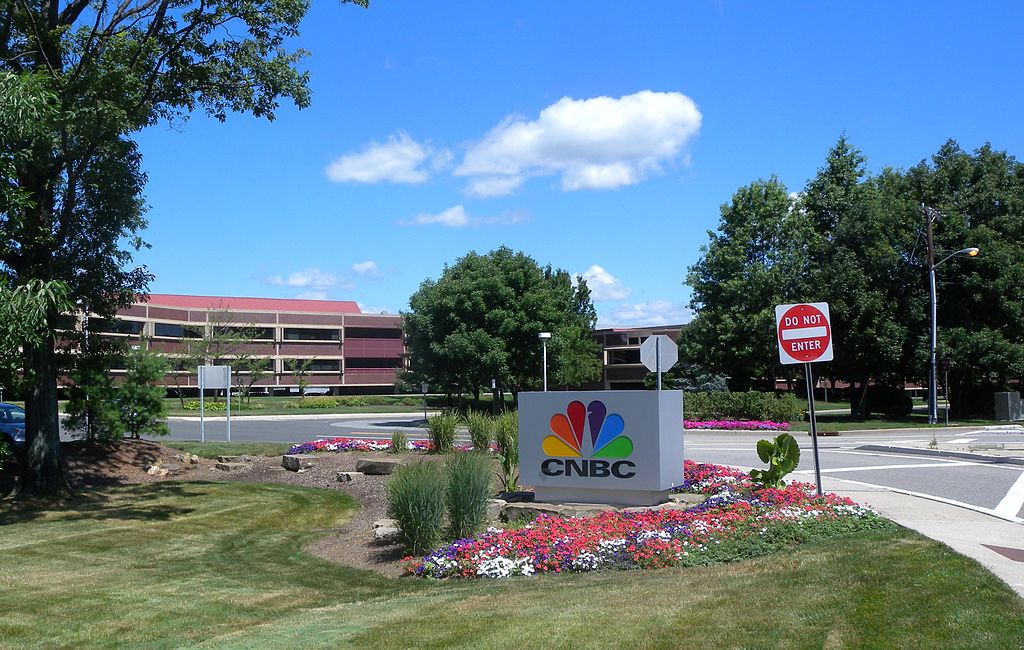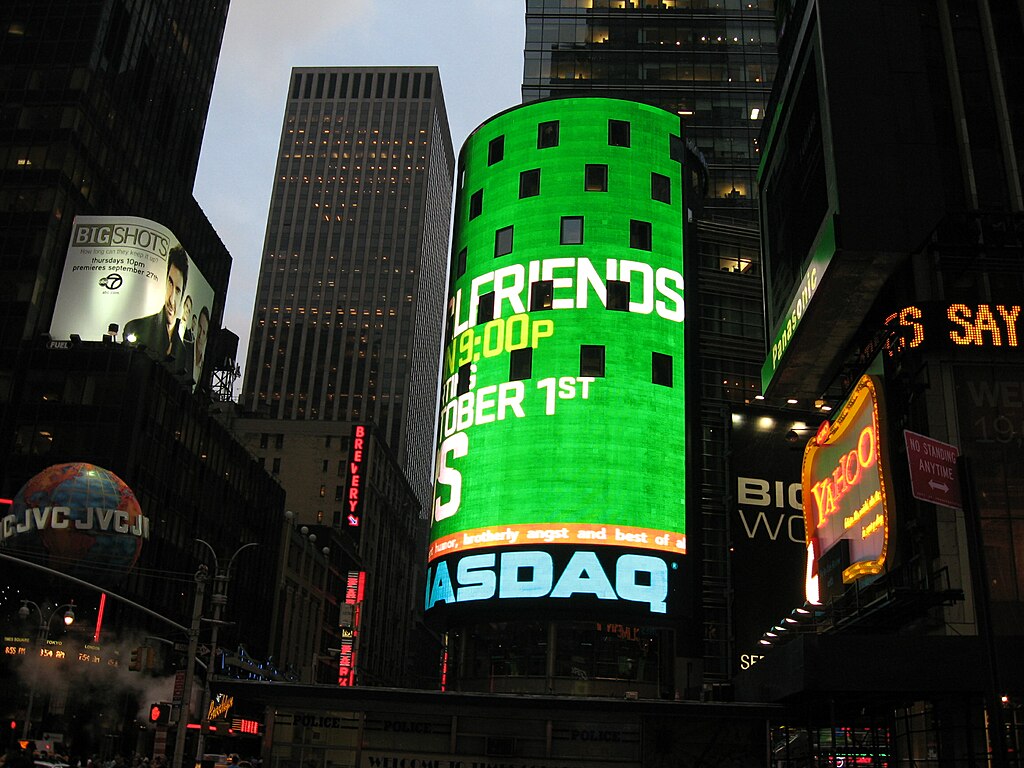Crypto analytics firm CipherTrace has estimated that crypto users, exchanges and investors suffered $4.5 billion in crypto-related losses resulting from thefts, hacks, and fraud, in a new report.
The company has released its Q4 2019 Cryptocurrency Anti-Money Laundering Report. It said that the total cryptocurrency crime increased by 160 percent in 2019 from 2018.
The report said that of the total amount that was lost, the lion’s share stemmed from the staggering growth of Ponzi schemes, exit scams, and misappropriation of funds crimes, the value of which rose 533 percent year over year to $4.1 billion. Cryptocurrency-related thefts and hacks saw a drop year over year to $370.7 million.
Banks harboring a lot more virtual assets than expected
Another notable discovery by CipherTrace is that traditional financial services have become increasingly infused with crypto assets. It found almost all U.S. banks harboring illicit virtual asset related money service businesses (MSBs), including crypto exchanges.
To put things in perspective, the report states that the typical top 10 U.S. banks unknowingly facilitate approximately $2 billion in illicit cryptocurrency transactions each year. The study also revealed that banks paid record AML fines globally in 2019—more than $6.2 billion. CipherTrace expects this number to increase in 2020 as crypto-related money laundering and sanction evasion enforcement ramps up.
“As crypto-assets become increasingly entangled in traditional financial services, AML and CTF compliance risks are on the rise,” said Stephen Ryan, COO of CipherTrace. “Virtual assets are now pervasive in bank accounts and payment networks, and banks must find ways to deal with the risks. Effectively mitigating cryptocurrency risks requires equipping compliance officers with the best tools and intelligence to gain visibility into this new asset class.”
Darknet Markets
The report said that 66 percent of dark market vendors sell stolen financial products and compromised accounts for cryptocurrency. Of this, 40 percent were found to be hawking compromised bank account or credit card credentials for as little as 1 percent of face value, 24 percent offered compromised payment services accounts, and the remaining 2 percent sold stolen cryptocurrency private keys.
The research also showed that bitcoin is the payment of choice for cyber extortionists. In fact, virtually all (97 percent) of ransomware attacks use bitcoin as the payment rail.
Expectations for 2020
CipherTrace believes that 2020 will be a year of “intense regulatory changes.” It has identified varying levels of maturity and sophistication in AML/CTF regimes around the globe. This includes the implementation of AMLD5 across the European Union in early January, which regulated crypto-fiat exchanges for the first time in most EU countries.
The company also described urgency among its customers and industry players around pending FATF Travel Rule legislation.
“Exchanges and financial institutions in the G20 have less than six months to find a solution for dealing with this major compliance conundrum—how to comply with the requirement to share sender and receiver information before executing cryptocurrency transactions, while protecting confidentiality,” it said.

























Comment 24